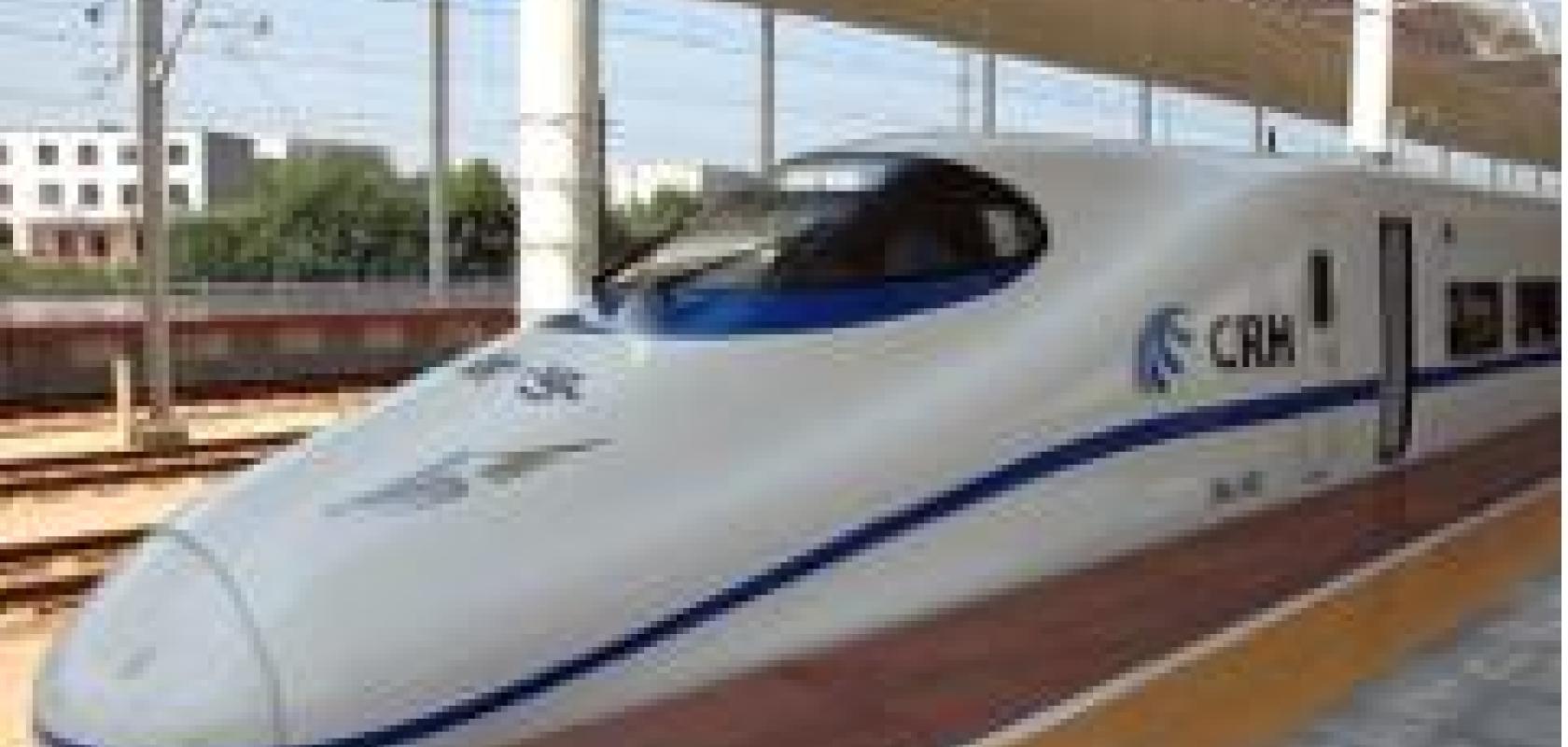Researchers in Hong Kong have successfully tested an optical sensor system that monitors the tracks and warns train operators of potential problems.
A string of fibre-optic sensors running along a 36-km stretch of high-speed commuter railroad lines connecting Hong Kong to mainland China has taken more than 10 million measurements over the past few years to demonstrate that the system can help safeguard trains against accidents.
The sensors can detect potential problems like excessive vibrations, mechanical defects or speed and temperature anomalies. The system is wired to warn train operators immediately, so that they can avoid derailments or other accidents, said Hwa-yaw Tam of the Hong Kong Polytechnic University.
At least 30 times during the seven-year period, the system detected anomalous vibrations. In a few cases, the vibrations turned out to be early warnings of dangerous emerging conditions that could have led to train wrecks. In some cases, vibration due to the use of the wrong type of lubrication oil in axle boxes was detected. The fibre-optic sensor system was designed for maintenance purposes and saves the rail company about $250,000 every year in maintenance costs.
'Using just this one type of technology, we are able to measure many things,' Tam said. 'This technology is perfect for railway systems.' He said it costs less than a third the price of other warning systems, which typically require data to be integrated from a half dozen different types of monitoring systems. The system is being installed on all commuter train routes in Hong Kong and will soon be rolled out in parts of Singapore and Australia.
With regular speeds for some of the trains in China topping out above 300 km per hour, the need for effective safety measures is profound, Tam said.
The basis for the new sensor system is a technology known as a Fiber Bragg grating (FBG), a type of sensor that reflects narrow spectra of light whose wavelengths shift due to temperature/strain variation. Coupling FBGs with mechanical transducers allows pressure, acceleration and other parameters to be measured. The sensors are imbedded in mechanical compartments of a train or along the tracks. If there is a defect, like a sudden break in the rails or excessive vibrations because the weight of the train is off balance, those changes will alter the reflection spectra of FBGs in a detectable way.
The system is advantageous because it is all-optical, allowing the passive FBG sensors to monitor conditions along a train route. It also relies exclusively on optical detection and communication, so there are no problems with electromagnetic interference from power lines that run parallel to many modern rail lines.
Tam will describe the technology at The Optical Society's (OSA) Annual Meeting, Frontiers in Optics (FiO) 2013, being held this week (6 to 10 October) in Orlando, Florida.


